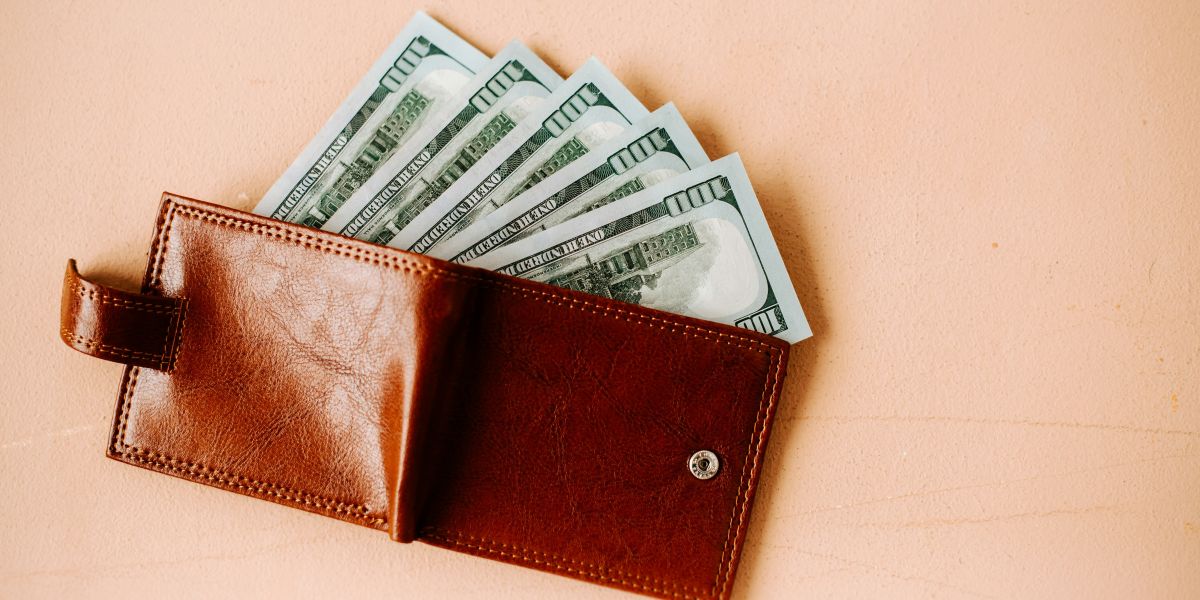A Departure from Victorian Narratives
For centuries, floral arrangements have served as a nuanced form of coded communication. Victorians, for instance, relied heavily on the symbolic language of flowers to convey subtle messages. A scholar specializing in floral symbolism notes, “Specific blooms held distinct meanings, creating a complex system of nonverbal communication.” A red rose signified passionate devotion, a lily embodied purity, and a sunflower symbolized unwavering admiration. While undeniably beautiful, these associations can feel limiting in the context of contemporary social movements. Feminist movements, for example, may find the inherent passivity associated with lilies or the fragility often linked to roses to be incongruous with their core values.
Modern movements are actively reclaiming floral symbols, imbuing them with new interpretations that resonate with their unique struggles and aspirations. A vibrant sunflower, once a symbol of adoration, can now be reinterpreted to represent resilience and unwavering strength in the face of adversity. A cluster of lilies, traditionally associated with innocence, can be re-signified within the LGBTQ+ community as a symbol of self-acceptance and pride. “By reclaiming the symbolic language of flowers,” observes a professor of cultural studies, “we empower communities to create a more inclusive and representative narrative.”
The Power of Color in Floral Symbolism
Color plays a significant role in shaping the symbolic weight of a flower. Traditionally, pink blooms have been associated with femininity and innocence. However, movements like #PowerPink actively challenge this notion. By embracing the color pink and its association with flowers, these movements redefine femininity to encompass strength, confidence, and leadership qualities. Similarly, the rainbow rose, a vibrant bloom featuring a spectrum of colors, has become a powerful symbol of LGBTQ+ pride, celebrating diversity and inclusivity within the community.
The act of reclaiming floral symbols extends beyond theoretical discussions. Consider the sunflower, for instance. In Ukraine, these bright blooms have become a symbol of hope and resistance in the face of conflict. Similarly, the pink carnation has been adopted by some pro-choice movements as a symbol of female empowerment and bodily autonomy. These examples highlight the power of flowers to spark conversation, foster solidarity within a movement, and create a sense of shared identity.
The act of reclaiming floral symbols transcends mere aesthetics. It’s about challenging societal norms, prompting conversations about gender identity, sexuality, and social justice issues. By imbuing flowers with new meaning, these movements create a visual language that resonates with their core values. “Flowers can be a powerful tool for activism,” remarks a social justice advocate. “They offer a way to raise awareness, promote inclusivity, and inspire positive change.”
The conversation surrounding the reclaiming of floral symbols is constantly evolving. As new movements emerge and social landscapes change, we can expect even more flowers to be imbued with powerful new meanings. This ongoing reinterpretation keeps the language of flowers dynamic and allows them to serve as potent tools for self-expression, empowerment, and social change.





